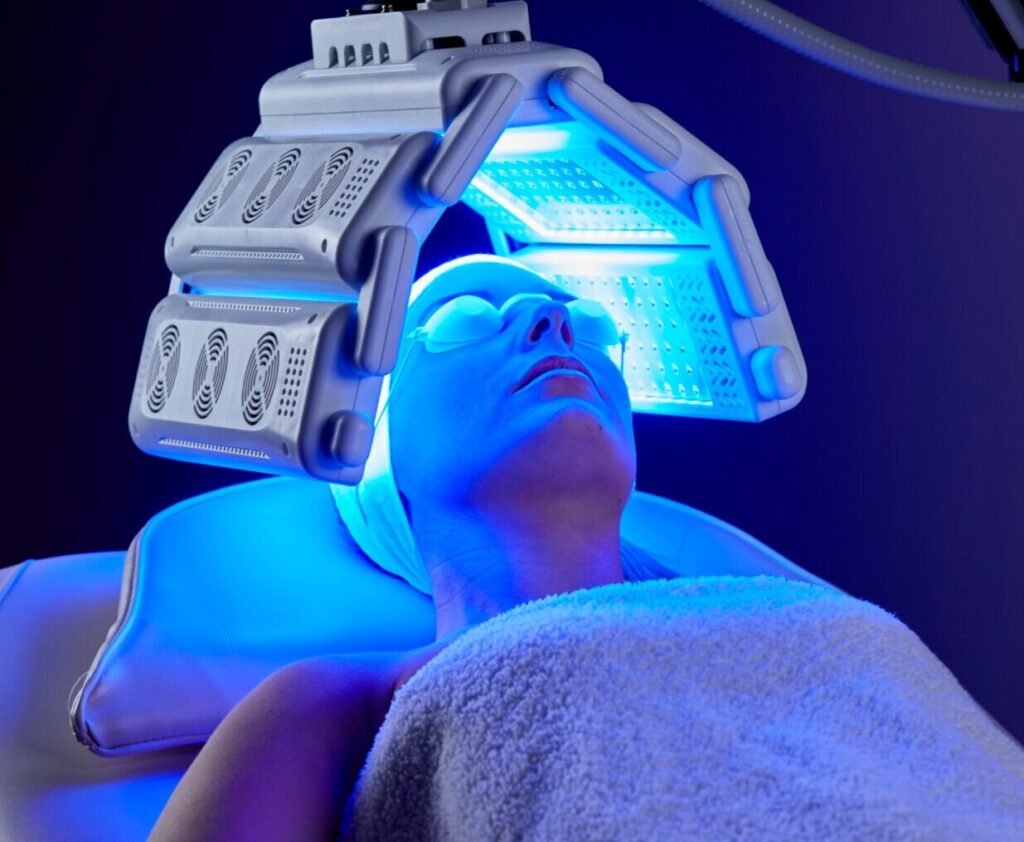Seasonal Affective Disorder (SAD) is a type of depression that typically occurs during the fall and winter months when sunlight exposure is limited. As an effective treatment for SAD, light therapy has gained significant popularity, providing an accessible, non-invasive option for those struggling with mood disorders during the winter months. This blog explores how light therapy is helping individuals combat SAD and why it’s becoming a go-to solution for this condition.
Understanding Seasonal Affective Disorder (SAD)
SAD is a mood disorder that affects millions of people worldwide, with symptoms including feelings of depression, lack of energy, irritability, and difficulty concentrating. It is most common in regions with long winters and limited sunlight. Light therapy works by mimicking natural sunlight, helping to regulate serotonin levels in the brain and improve mood.
How Light Therapy Works
Light therapy typically involves exposure to bright light (10,000 lux) for about 20-30 minutes each morning. This light is designed to replicate natural sunlight, which helps individuals with SAD by triggering the brain to produce serotonin, the “feel-good” hormone. By using light therapy lamps or boxes, individuals can experience relief from SAD symptoms, leading to improved mood, energy levels, and overall well-being.
Market Growth for Light Therapy
With the increasing awareness of SAD and the effectiveness of light therapy, the market for these devices is rapidly expanding. In fact, the global light therapy market is expected to grow at a CAGR of 5.7% between 2024 and 2030, driven by the growing recognition of light therapy’s benefits for mood disorders.
Conclusion
Light therapy has emerged as one of the most effective and accessible treatments for SAD. As more individuals seek natural solutions for mood disorders, the demand for light therapy devices will continue to grow, cementing its place as a vital part of mental health care.



